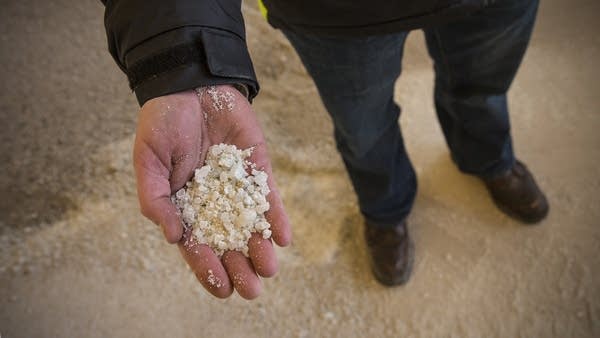Road salt is polluting our water. Here's how we can fix it

Minnesota dumps some 730 million pounds of salt on roadways each winter, and it's posing a major risk to the environment.
Paul Middlestaedt for MPR News file
Go Deeper.
Create an account or log in to save stories.
Like this?
Thanks for liking this story! We have added it to a list of your favorite stories.


